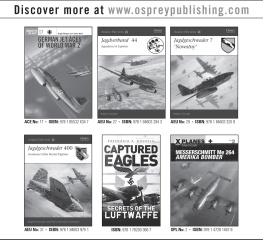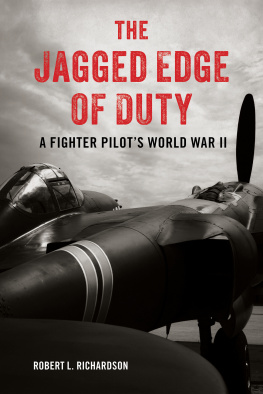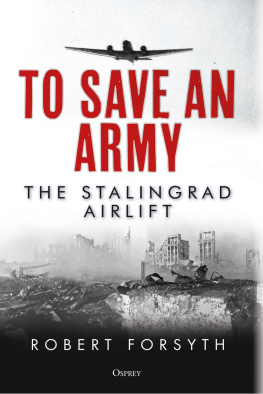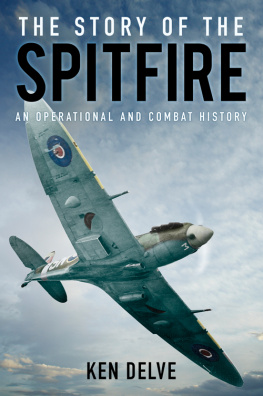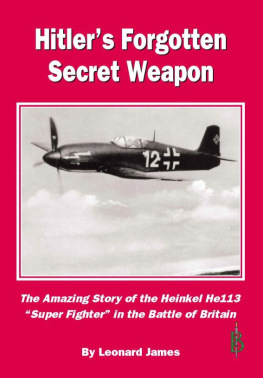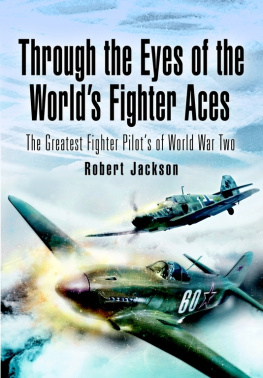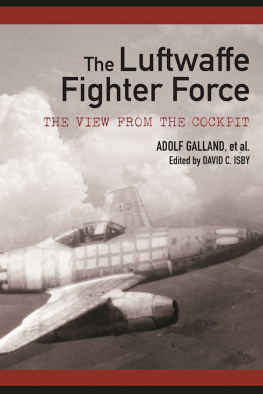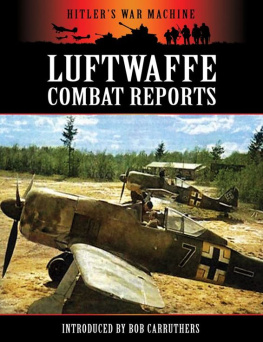
First published in Great Britain in 2016 by Osprey Publishing
PO Box 883, Oxford, OX1 9PL, UK
1385 Broadway, 5th Floor, New York, NY 10018, USA
E-mail:
This electronic edition published in 2016 by Bloomsbury Publishing Plc
Bloomsbury is a registered trademark of Bloomsbury Publishing Plc
Osprey Publishing, part of Bloomsbury Publishing Plc
2016 Osprey Publishing Ltd.
All rights reserved
You may not copy, distribute, transmit, reproduce or otherwise make available this publication (or any part of it) in any form, or by any means (including without limitation electronic, digital, optical, mechanical, photocopying, printing, recording or otherwise), without the prior written permission of the publisher. Any person who does any unauthorised act in relation to this publication may be liable to criminal prosecution and civil claims for damages.
A CIP catalogue record for this book is available from the British Library.
ISBN: 978-1-4728-1457-9 (PB)
ISBN: 978-1-4728-1459-3 (eBook)
ISBN: 978-1-4728-1458-6 (ePDF)
Edited by Tony Holmes
Cover Artwork by Mark Postlethwaite
Aircraft Profiles by Jim Laurier
Osprey Publishing supports the Woodland Trust, the UKs leading woodland conservation charity. Between 2014 and 2018 our donations will be spent on their Centenary Woods project in the UK.
www.ospreypublishing.com
To find out more about our authors and books visit www.ospreypublishing.com. Here you will find our full range of publications, as well as exclusive online content, details of forthcoming events and the option to sign up for our newsletters. You can also sign up for Osprey membership, which entitles you to a discount on purchases made through the Osprey site and access to our extensive online image archive.
Author
Robert Forsyth has studied the history and operations of the Luftwaffe for many years. He is the author of JV 44The Galland Circus (1996), Battle over Bavaria: The B-26 versus the German Jets (1998), Mistel: German Composite Aircraft and Operations 1942-1945 (2001), Messerschmitt Me 264 Amerikabomber (2006 with Eddie J Creek) and He 162 Volksjger (2008 with Eddie J Creek). He has also written eight titles for Osprey Publishing, including Jagdverband 44 and Jagdgeschwader 7 (Aviation Elite Units), Fw 190 Sturmbcke vs B-17 Flying Fortress (Duel), Aces of the Legion Condor and Luftwaffe Viermot Aces 1942-45 (Aircraft of the Aces) and Me 262 Bomber and Reconnaissance Units (Combat Aircraft). Robert works in publishing, having founded Classic Publications and the imprint Tattered Flag.
Illustrator
Profile artist Jim Laurier is a native of New Hampshire. He graduated with honours from the Paiers School of Art, Connecticut, in 1978 and has worked as a freelance illustrator ever since, completing assignments in a wide variety of fields. Jim has a keen interest in military subjects, both aviation and armour, and is a Fellow member of the American Society of Aviation Artists, the New York Society of Illustrators and the American Fighter Aces Association. He has been a key contributor to the Osprey Aviation list since 2000, and in that time he has produced some of the finest artwork seen in these volumes.
Acknowledgements
My thanks to those who have contributed help and information on the He 162 over the years, namely Eric Mombeek, Eddie J Creek, J Richard Smith, Nick Beale, Steve Coates, Ted Oliver and Chris Thomas.
Front Cover
On the clear and bright morning of 4 May 1945, just a few hours before the German surrender in western Europe, Leutnant Rudolf Schmitt, the Staffelkapitn of 1./JG 1, took off from Leck airfield in northern Germany in He 162 White 1 to search for enemy fighters that had reportedly been seen in the near vicinity. During his flight, Schmitt observed what he identified as a Hawker Tempest southeast of Husum and opened fire. He recorded in his logbook that he had fired upon the enemy aircraft with effect. The low-level encounter was over in seconds, but it had been a rare meeting between the He 162 Volksjger and an RAF fighter in the closing hours of the war.
Although he subsequently claimed a Tempest destroyed, Schmitt was not credited with the kill. Whilst it remains improbable that he actually shot an enemy aircraft down, Schmitt cannot be denied the likelihood that he opened fire with effect on a single-engined fighter or fighter-bomber and assumed he had damaged it, perhaps even sufficiently to cause it to go down.
Mark Postlethwaites cover painting depicts the encounter over the fields of Schleswig-Holstein in what must have been one of the last such instances during the war in Europe


CHAPTER ONE
THE PEOPLES FIGHTER
As Allied forces drove ever deeper into Nazi Germany in 1945, so their progress yielded many astounding discoveries. By the end of the first week of May, as World War 2 in northwest Europe drew to a close, the British Second Armys VIII Corps had fought its way from the river Rhine, across northwest Germany to finally push north into the flat, open farmland of Schleswig-Holstein. Its light armoured units reached Kiel and then crossed the Kiel Canal, heading for the Danish border. Along the path of their advance, aside from some bitter fighting, elements of the Corps and their associated units had discovered the horrors of the Bergen-Belsen concentration camp and numerous other testimonies to the brutality of the Nazi regime.

The accomplished design partnership of Professor Ernst Heinkel (right) and his Senior Design Engineer, Siegfried Gnter, was responsible for the production of many renowned aircraft, including the He 111 that Heinkel is referring to on the drawing board in this photograph. The two men would be involved in the commissioning of the He 162 from the outset
It was almost at the end of the road, however, on 6 May that VIII Corps came across another astonishing find. That day, its vehicles reached the small town of Leck, 30 km west of Flensburg and just south of the Danish border. On the northern edge of the town was an airfield, and it was here that a considerable number of Luftwaffe aircraft had assembled, ready for the inevitable surrender and the arrival of Allied forces. As the British tanks rumbled over the airfield perimeter, there came into sight 22 distinctive and diminutive aircraft lined up in two impressive and closely ranked rows on either side of one of the taxi tracks. Distinctive because these aircraft were void of propellers and, uniquely, their power units were carried atop their fuselages, behind which was a twin tail arrangement.

Hauptdienstleiter Dipl-Ing Karl-Otto Saur (right) is presented with the Knights Cross of the War Service Cross with Swords by the German Armaments Minister, Albert Speer. The energetic and blunt engineer was the early driving force behind the

